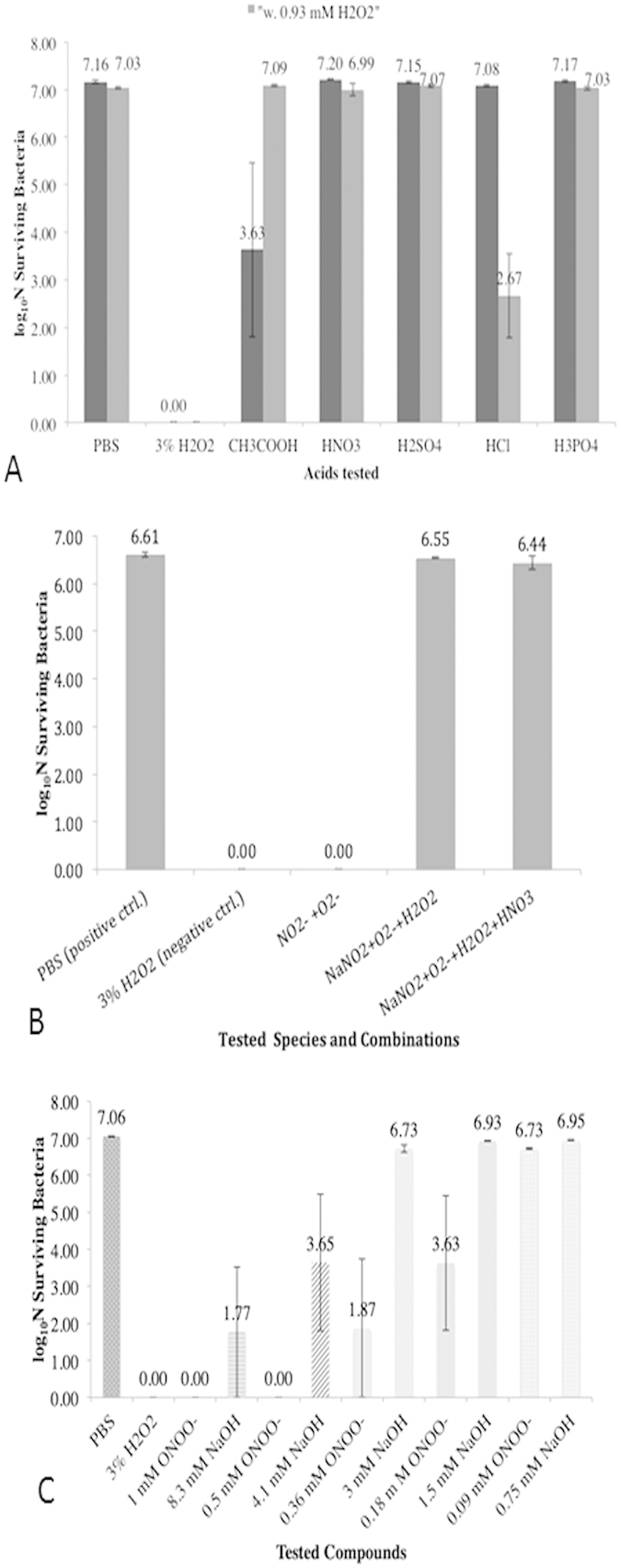Figure 4. Colony assays showing surviving bacterial cells in response to acids, peroxynitrite and combinations of ROS and RNS, simulating 3-minute plasma treated NAC solution.

(A) Different acids having equivalent pH (set to 2.3) do not show significant antimicrobial effect, except acetic acid. However, the effect of acetic acid diminishes when hydrogen peroxide is added. With addition of hydrogen peroxide to acids also do not show a significant antimicrobial effect, except hydrochloric acid (which is due to formation of hypochlorous acid). (B) Combination of superoxide with nitrite resulted in 7 log reduction of E. coli. However, this effect diminishes when hydrogen peroxide and nitrate are added. These results suggest RNS could be the most dominant source for antimicrobial effect in present plasma-treated NAC solution. (C) The findings of concentration-dependent antimicrobial effect of peroxynitrite are shown. Since peroxynitrite solution was provided in sodium hydroxide, antimicrobial effect of corresponding sodium peroxide concentration for each tested concentration of peroxynitrite was also included to make sure that presence of sodium hydroxide does not interfere with antimicrobial effect. Peroxynitrite interval (0.18 mM–0.36 mM) showed very high inactivation of E. coli suggesting that peroxynitrite might be a major source for antimicrobial effect of plasma treated NAC solution. The conditions of PBS and 3% H2O2 are shown as positive and negative controls for growth, respectively; and Fig. 4(B) test conditions contain 0.93 mM H2O2 (the amount detected in 3 min plasma-treated NAC solution).
